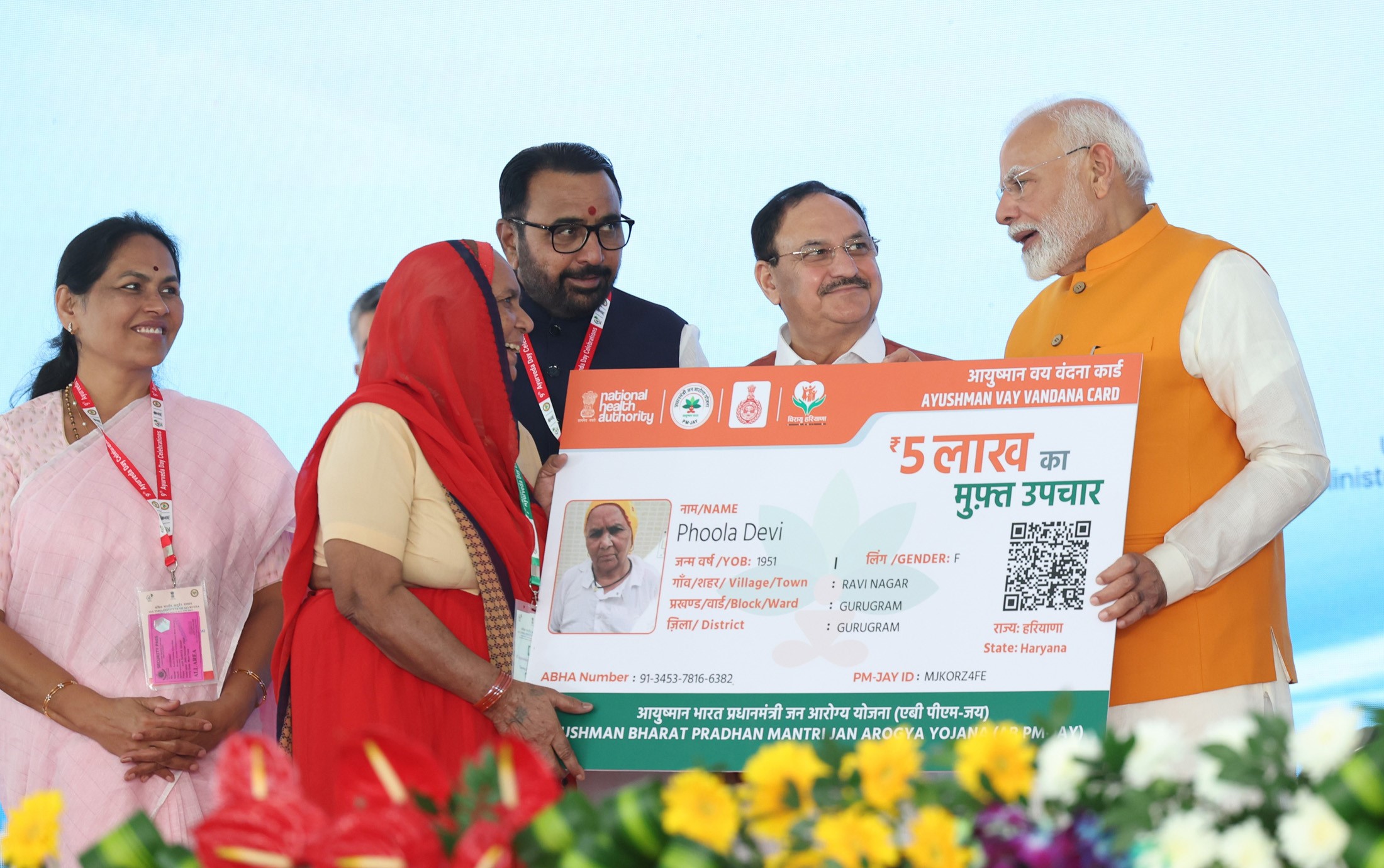Suspected Cause: Chandipura virus potentially responsible for six child fatalities in Gujarat.
Historical Context: First identified in Maharashtra in 1965.
Severity: Rapid onset of severe symptoms.
A concerning outbreak of the Chandipura virus has been reported in Gujarat, with six children in Aaravalli district succumbing to the infection in the last five days. The total number of suspected cases has now risen to 12, sparking an urgent response from health authorities.
Gujarat Health Minister Rushikesh Patel confirmed, “Five out of six deaths have been reported from the civil hospital in Himatnagar in Sabarkantha district. All 12 samples, including eight from Sabarkantha, have been sent to Pune’s National Institute of Virology (NIV) for confirmation.”
The Chandipura virus, first identified in Maharashtra in 1965, is a serious pathogen known for its rapid onset of severe symptoms. It primarily affects children, leading to encephalitis and often resulting in fatalities if not promptly treated.
What is Chandipura Virus?
The Chandipura virus is a member of the Rhabdoviridae family, closely related to the virus that causes rabies. It is transmitted through sandfly bites, making it a significant concern in regions with high sandfly populations. The virus can cause a range of symptoms including high fever, severe headache, vomiting, convulsions, and altered mental states. Due to its rapid progression, early detection and treatment are critical for survival.
Current Situation in Gujarat
In response to the recent fatalities, the Gujarat health department has intensified surveillance and initiated preventive measures in affected areas. The civil hospital in Himatnagar is at the forefront of managing the suspected cases. Health workers are conducting door-to-door surveys to identify additional cases and are educating the public on preventive measures to curb the spread of the virus.
Preventive Measures and Treatment
Preventing Chandipura virus infections involves reducing exposure to sandflies. This includes using insect repellent, wearing protective clothing, and sleeping under mosquito nets. Since there is no specific antiviral treatment for Chandipura virus, supportive care is essential. This includes managing symptoms and preventing complications through rehydration, antipyretics, and anticonvulsants.
The health department is also focusing on raising awareness about the symptoms of the virus and urging parents to seek immediate medical attention if their children exhibit any signs of infection.
















